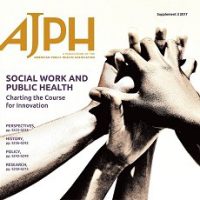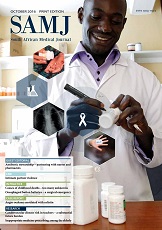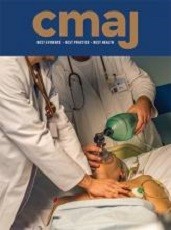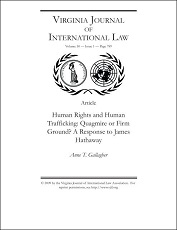Katherine A White
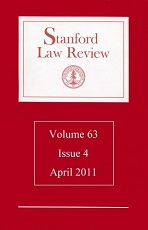
Abstract
In this note, Katherine A. White explores the conflict between religious health care providers who provide care in accordance with their religious beliefs and the patients who want access to medical care that these religious providers find objectionable. Specifically, she examines Roman Catholic health care institutions and HMOs that follow the Ethical and Religious Directives for Catholic Health Care Services and considers other religious providers with similar beliefs. In accordance with the Directives, these institutions maintain policies that restrict access to “sensitive” services like abortion, family planning , HIV counseling, infertility treatment, and termination of life-support. White explains how most state laws protecting providers’ right to refuse treatments in conflict with religious principles do not cover this wide range of services. Furthermore, many state and federal laws and some court decisions guarantee patients the right to receive this care. The constitutional complication inherent in this provider-patient conflict emerges in White’s analysis of the interaction of the Free Exercise and Establishment Clauses of the First Amendment and patients’ right to privacy. White concludes her note by exploring the success of both provider-initiated and legislatively mandated compromise strategies. She first describes the strategies adopted by four different religious HMOs which vary in how they increase or restrict access to sensitive services. She then turns her focus to state and federal “bypass” legislation, ultimately concluding that increased state supervision might help these laws become more viable solutions to provider-patient conflicts.
White KA. Crisis of Conscience: Reconciling Religious Health Care Providers’ Beliefs and Patients’ Rights. Stanford Law Rev. 1999 Jul;51(6)1703-1749.
